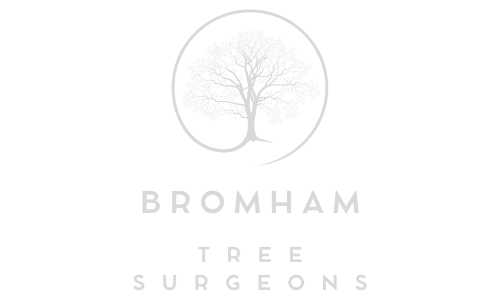Trimming Trees for Pest and Disease Control
Introduction: Maintaining healthy trees in your landscape involves more than just regular watering and fertilising. Trimming your trees for pest and disease control is an essential aspect of tree care that often goes overlooked. Trees can fall victim to various pests and diseases that can weaken or even kill them. In this blog post, we will discuss the importance of trimming trees as a proactive measure for pest and disease control and how Bromham Tree Surgeons can help you maintain the health of your trees.
- The Significance of Pest and Disease Control
1. **Preservation of Tree Health:**
Healthy trees are more resilient to pests and diseases. By trimming your trees to remove dead or infected branches, you help maintain the tree’s overall health, making it less susceptible to infestations and infections.
2. **Preventing Spread:**
Infected or infested branches can serve as a gateway for pests and diseases to spread throughout the tree. Trimming affected branches can prevent further contamination and protect the rest of the tree.
3. **Enhanced Vigilance:**
Regular tree trimming allows you to inspect your trees for signs of pests and diseases closely. Early detection allows for prompt action, increasing the likelihood of successful treatment.
4. **Safety and Aesthetics:**
Beyond health concerns, trimming trees for pest and disease control also contributes to safety by removing weakened branches that could fall and damage property or injure people. Additionally, it helps maintain the visual appeal of your landscape.
- Tree Trimming Techniques for Pest and Disease Control
1. **Routine Inspections:**
Start by regularly inspecting your trees for any signs of pest infestations or disease. Look for discoloured or misshapen leaves, unusual growths, or pests such as aphids, scale insects, or borers.
2. **Selective Pruning:**
Practice selective pruning by identifying and removing affected branches. Make clean cuts just outside the branch collar, the slightly swollen area where the branch meets the trunk. Proper cuts help the tree heal more effectively.
3. **Dispose of Debris:**
Properly dispose of pruned branches and debris. Infested or diseased branches should not be left on the ground or used for mulch, which can lead to further contamination. Composting or burning the debris is often recommended.
4. **Consider Timing:**
Some trees are more susceptible to pests and diseases during specific times of the year. Timing your trimming efforts accordingly can be beneficial. Consult a professional tree surgeon for the best timing for your tree species.
5. **Professional Assistance:**
When dealing with severe infestations or diseases, or if you have concerns about the overall health of your trees, it’s wise to seek the expertise of tree care professionals like Bromham Tree Surgeons. They can assess the situation, recommend appropriate treatments, and precisely perform necessary tree trimming.
Conclusion: Trimming your trees for pest and disease control is a proactive approach to safeguarding the health and longevity of your landscape. Regular inspections and selective pruning can go a long way in preventing and mitigating issues. However, don’t hesitate to contact experts like Bromham Tree Surgeons for more complex situations or when in doubt. Their experience and knowledge can make all the difference in maintaining the vitality and beauty of your trees while keeping them free from harmful pests and diseases.
Call us on: 01234 860 699
Click here to find out more about Bromham Tree Surgeons
Click here to complete our contact form and see how we can help with your tree’s needs.

